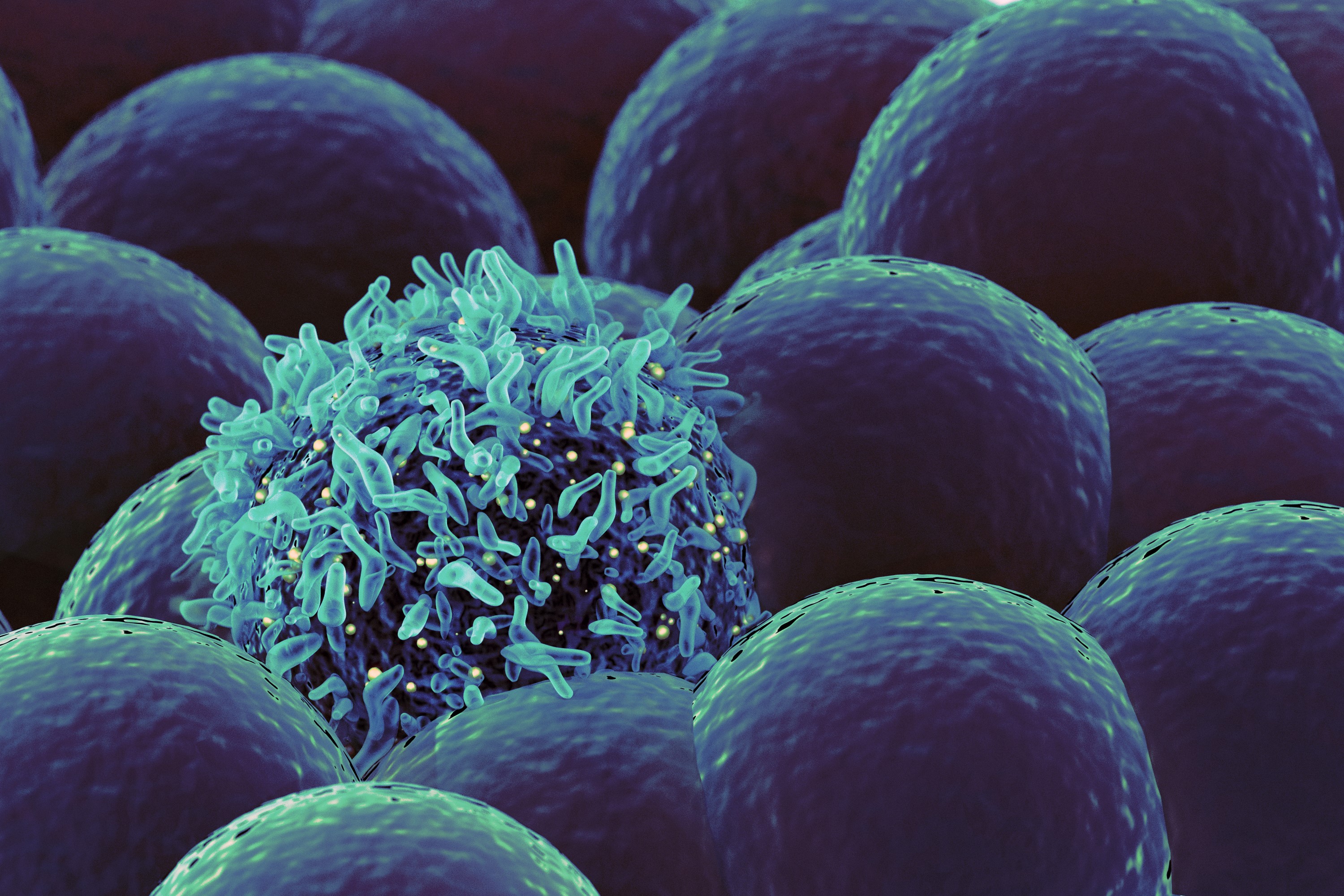
By Brian Santo, contributing writer
Startup Nano Global has embarked on one of the most ambitious and consequential Internet of Things (IoT) projects proposed thus far: instrumenting the world to monitor the environment for health risks, with the goals of minimizing (and possibly forestalling) epidemics and pandemics, while gathering data that would be used to solve some of the world’s most intractable health problems, including superbugs, antibiotic-resistant bacteria, and even cancer.
The company has been around for a few years, quietly searching for allies. The company has lined up contacts with a variety of governmental agencies, medical establishments, and research organizations to help on the project. Nano Global CEO Steve Papermaster told Electronic Products that these operations include the NIH, the CDC, NIST, George Washington University, Baylor University, the University of Zagreb, and the National University of Singapore, as well as others that he said he cannot yet name.
In late November, Nano Global gained a prominent technology partner in ARM, which agreed to help build an advanced artificial-intelligence-based (AI) processor that will be able to take input from a variety of sources, including sensors and nanobots (the company alludes to embedding the processors in nanobots), and, in conjunction with Nano Global’s platform, identify, characterize, and help diagnose potential health hazards.
The company has released a conceptual diagram of the Nano Sense AI system-on-a-chip (SoC) that includes the ARM Cortex processor, ARM’s Mali graphics processor, memory, optical sensors, environmental sensors, and ARM TrustZone CryptoCell security.
Papermaster said, “We’re taking the tool set of the day — of the era — and applying it in a radically different way to a very different problem set that has enormous implications for the world. No offense to self-driving cars, or social media, or inferring who might be a better friend, or how to get a better advertisement. That’s all well and great, but I don’t think that’s going to improve life on Earth, compared to withstanding epidemics and pandemics.”
“We fine-tune with AI, neural networks, machine learning, machine vision,” continued Papermaster. “We’re using that to get data, dealing with data at the microbial level and the cellular level. We’re architecting this string of technologies together, integrating an elegant SOC with ARM, driving toward edge processing, with pre-trained data in our AI so the data is right there at the edge, physically at the source — at the body. We’ll be touching air in places where people are, not just in laboratories — in office buildings, in convention centers, in subways, in the petri dishes that are cruise liners, airplanes, trains, and subways.”
He envisions embedding the processor in a vast array of products and systems, from stethoscopes to MRI systems, from HVAC equipment to environmental monitors — literally anywhere that could render data that might be useful to evaluating human health and the conditions that contribute to human health.
“Almost everywhere” may seem like a wide initial target for deploying Nano Global technology, but with such ambitious goals and the ARM chips not due to hit the market until 2020, Nano Global can perhaps afford plans that are bold, if not grandiose, at least for now. The company’s roadmap includes releasing its own branded nanobots before the ARM chip is commercialized. The company envisions its nanobots to be able to operate at the cellular and molecular levels.
“In just a few years, autonomous vehicles went from science fiction to ‘yeah, that’s how we’ll get around’,” said Papermaster. “We’re at that point with this. This is how you will measure health and welfare, wherever you are, from cold-and-flu to horrific epidemics and pandemics.”
Advertisement
Learn more about Electronic Products Magazine





